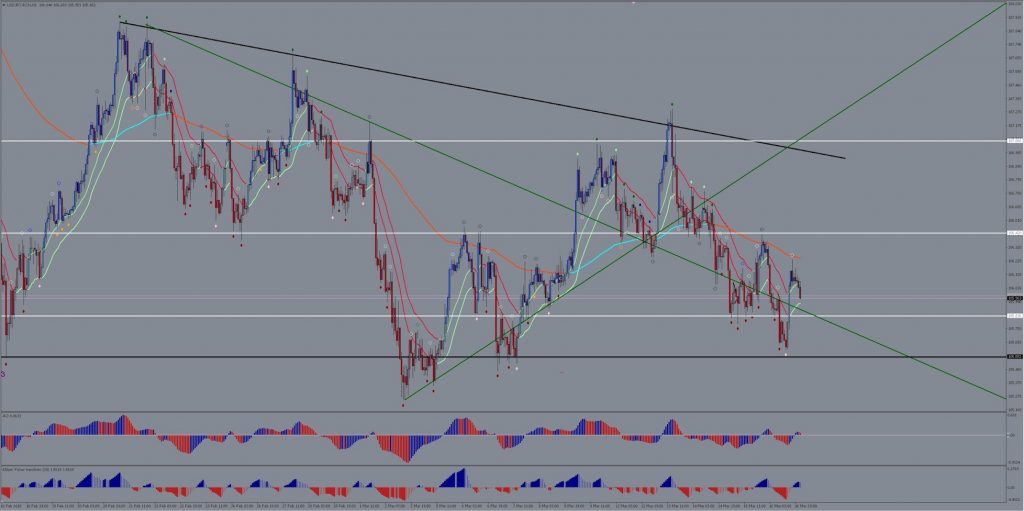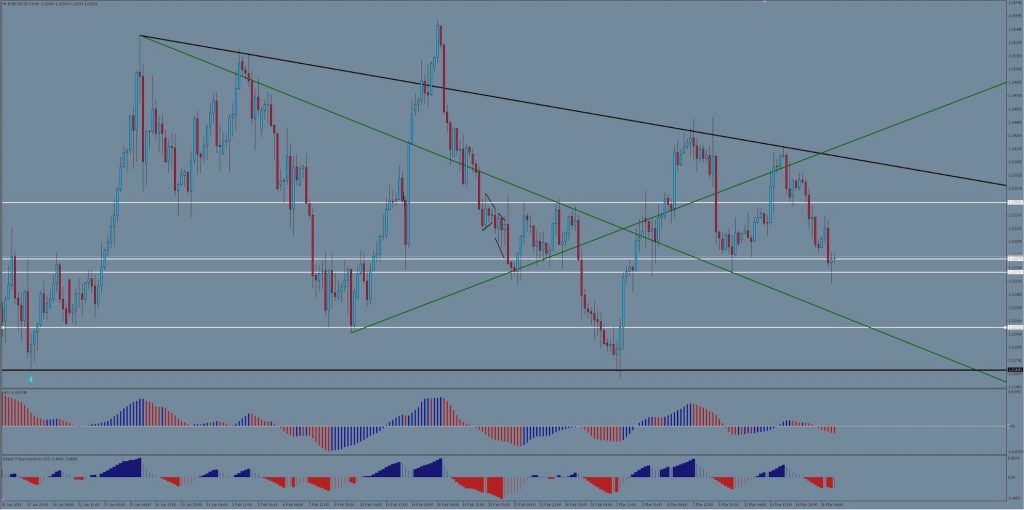7 Tips on How to Tackle Ranging Markets

Times are good when currencies are trending. Trading pullbacks in this environment yields fairly easy results. But alas, price tends to spend more time in consolidation mode than in clear one-directional movement.
This article will discuss 7 tips to help increase profitability chances during ranges.
Recognizing Market Structure Changes
2017 saw some very stable trends, with the EUR and CAD leading the way and taking many traders on a smooth rise for multiple months. A trend-following strategy works beautifully when price is trending but starts to struggle when dynamics begin to change.
Although one could argue that price is trending most of the time if one looks at smaller time frames, things are not as simple as that either. When large scale-trends (i.e. trends that show its swing structure on a daily or weekly chart) go into correction, the lower time frames start to get pretty messy. So although one might still be able to find trends on smaller time frames, they are in danger of being violently reversed without much warning due to the consolidation that is occurring on the dominant higher time frames.
So in order to protect us from more losses than necessary ,it is important to be aware when bigger trends start to trickle out and go into consolidation or reversal mode.
Here are 2 tips how to identify when large structures stop trending:
- Draw out important support and resistance levels on monthly and weekly charts. Significant levels can send price into ranging consolidation for multiple weeks, even if a trend has not ended.
- If you use Elliott wave analysis in your trading, keep an eye on the progress of any 5-wave trend structure on the weekly chart. Trading is no doubt easiest when a weekly chart trend is in wave 3, but things get harder during wave 4 and at the end of wave 5. Knowing when price is in these stages can be a useful early warning signal to be more careful with trend-based trading ideas on smaller timeframes.
Can We Trade Ranges?
The question that arises next is how best we can continue trading during large corrective phases. If we don’t want to wait on the sidelines for numerous weeks or months until a new large-scale direction becomes clear again, we will have to adjust to the different market conditions in the mean time. If you are using a trend-following system in general, consider the following 7 points:
- Moving averages becomes less meaningful as support/resistance levels during ranges. They will be crossed many times back and forth, so they should be given a lot less significance compared to trending phases.
- Horizontal support and resistance levels will take centre stage instead and be much more reliable bouncing spots than moving averages.
- Trend lines also lose significance but they can still play an important role of switching often between acting as support and resistance, i.e. they will get broken, used as bouncing spots for a bit, followed by another break to the other side again, and some more bouncing over there. Below are recent examples of the USDJPY range on the 1-chart and EURUSD range on the 4hour chart.
- Entries become an important and tricky issue to consider during ranges. Waiting for a candle confirmation can paradoxically become more dangerous because, by the time one enters, price may already be close to another support/resistance and then turn against you shortly after the trade has started. So there is potentially merit in using an entry approach based on key levels and without candle confirmation. Perhaps merely waiting for slowdown of momentum on smaller timeframes. A confluence point of a horizontal S/R line and a trend line make for the most likely bouncing spots.
- Targets need to be kept close by and stops moved to break-even quickly, which is only possible if entries are taken without reversal candle confirmation.
- Being aware of the various corrective Elliott wave pattern rules can also assist in gauging when impulsive or corrective moves are more likely to come next during a range.
- Zooming back out from time to time, to look at what wave pattern the range is becoming, is also good for gauging a potential end of the range. This is a worthwhile task because strong one-directional momentum will eventually resume after every consolidation. If you can jump on board at the right moment, you will have caught the new momentum at its earliest stages.
Conclusion
All in all, range trading requires a different approach and a different set of skills.
The most important key lies in recognizing early enough when trends are ending and ranges are starting, so that you can at least consciously choose whether to engage in this market environment or not, instead of having to go through multiple trade failures before realizing that the conditions have changed.
Also remember that there are times when it is best to simply sit back and do nothing until something in the chart structure begins makes more sense again.
All the best along your trading journey
Hubert
.








Leave a Reply